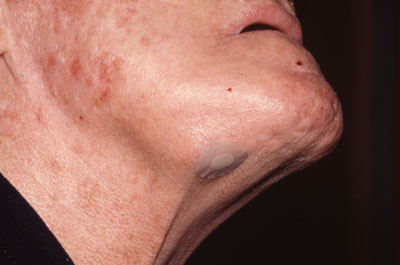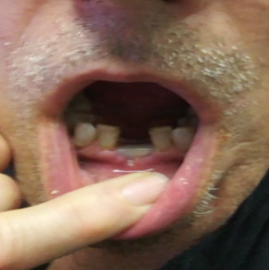

If some cancer cells are left behind, there is a greater chance of the cancer coming back in the same spot, or a different part of the body. If the tumor and all cancer cells are removed, there is a good chance of being cured. Surgery is the best option for adamantinoma treatment.

An expert, called a pathologist, will study cells from the sample under the microscope to see what kind of tumor it is. They will also check for signs that the cancer has spread to other parts of the body.īiopsy: To check if the tumor is adamantinoma, your doctor will perform a biopsy, taking a small sample from the tumor with a needle. Imaging: If you have symptoms of adamantinoma, your doctor will use imaging scans such as X-rays, CT, MRI, and bone scans to look at the size of the tumor, how fast it is growing, and where it is in the body. How is adamantinoma diagnosed?Īdamantinoma can cause symptoms of pain and swelling, and can sometimes be felt by the doctor during a physical exam. Young adults are most frequently affected. It is more common in males than in females. How common is adamantinoma?Īdamantinoma accounts for less than 1% of all bone cancers.
Painful movable lump on jaw bone full#
Treatment is important for survival but it is possible to make a full recovery. An adamantinoma lump can be painful, swollen and red, and can cause movement problems.Īdamantinoma is a serious condition. Adamantinoma can also occur in the jaw bone (mandible) or, sometimes, the forearm, hands, or feet. It often starts as a lump in the middle of the shinbone (tibia) or the calf bone (fibula). Most of the time, adamantinoma grows in the lower leg.

You can help speed up the development of new treatments by giving researchers the tools they need.Īdamantinoma is a rare bone cancer.


 0 kommentar(er)
0 kommentar(er)
